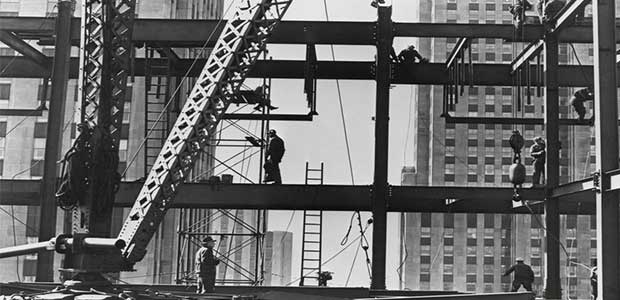
90th Anniversary
There is a long history behind the development of fall protection standards, personal protective equipment and the ways safety professionals keep workers safe at heights.
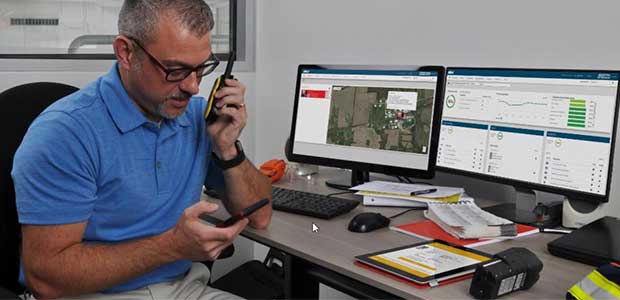
Live monitoring brings an added dimension to real-time detection today.

Aerial lifts are incredibly valuable machines, but using them always comes with a degree of risk.

Can your company afford not to implement wearable technology as part of its HRI prevention program?
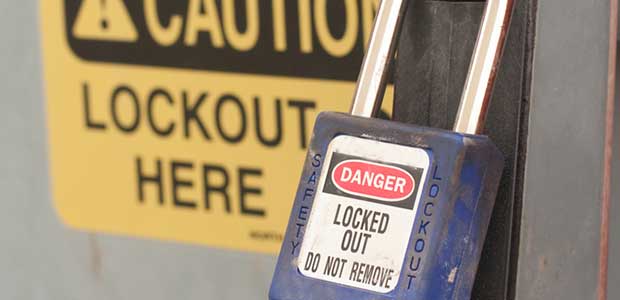
A well-structured training program helps companies avoid the human and financial costs associated with an OSHA violation.
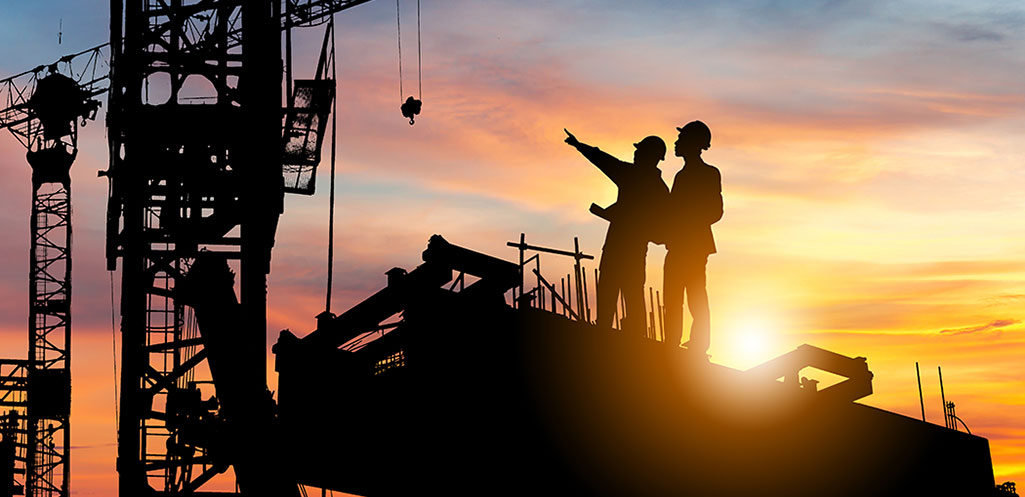
Ensure safety managers for construction worksites are equipped with the information they need to help foster a culture of safety and avoid eye injuries on the job.
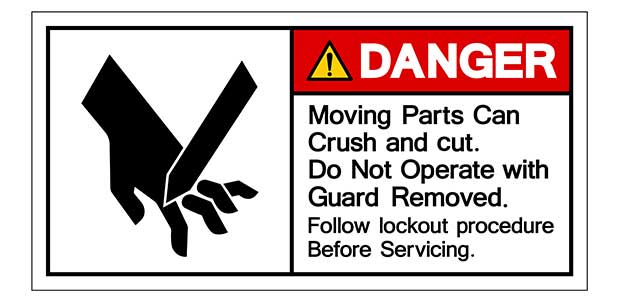
Determining which best practices your organization can manage will determine skillset gaps and outside support selection criteria.
Breakthrough Strategies
Overusing power indeed makes a statement, but often one that just reflects insecurity, not deep confidence.

Heat stress illnesses are a recognized and preventable workplace hazard.

Advanced technologies are making it possible for safety managers to better connect workers, worksites and workflows for safer, more efficient work environments.

While safety has always been the top priority in construction, it is often compartmentalized.

FR/AR clothing plays two distinct roles across three hazard “zones.”
Editor's Note
In our issue this month, we are highlighting the hazards workers are faced with when they work in extreme temperatures.

The zero-tolerance era is over; fair and equitable testing practices are the new norm.
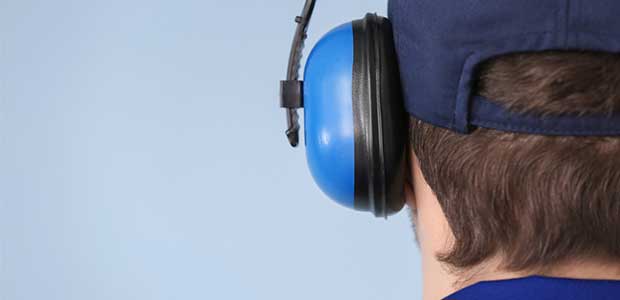
Noise-induced hearing loss results in irreversible and serious impact to a person’s quality of life and overall health.

It’s easy to think of heat stress as causing cramps, vomiting and even fainting. However, a severe heat illness like heat stroke can forever change or end a person’s life.
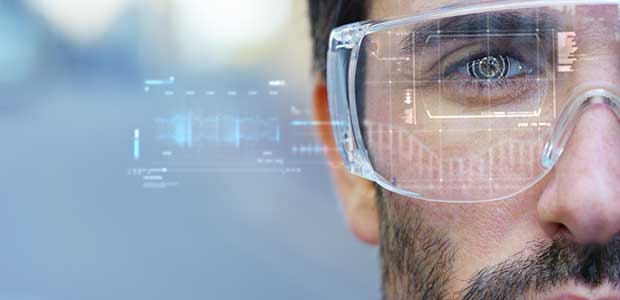
The benefits of wearables extend beyond safety.